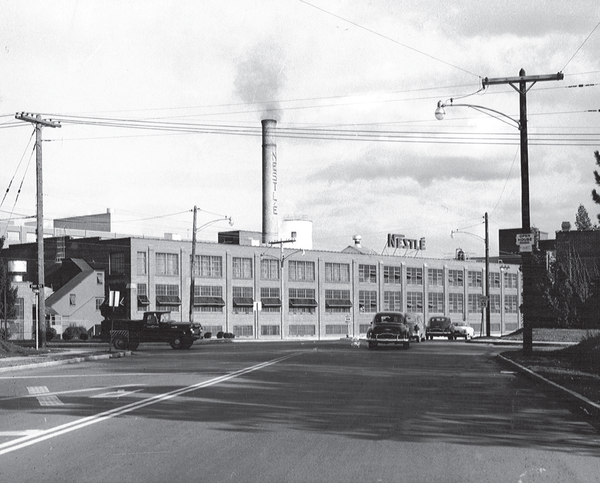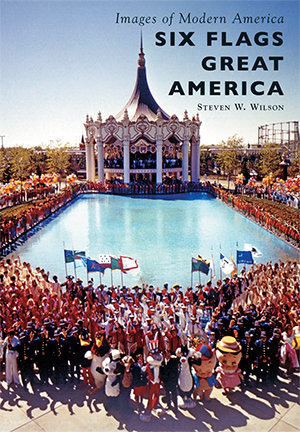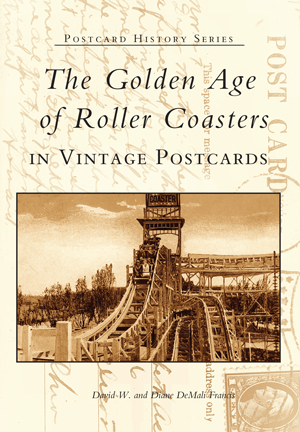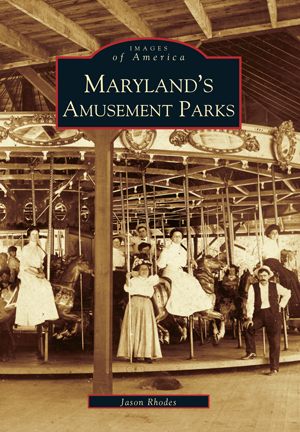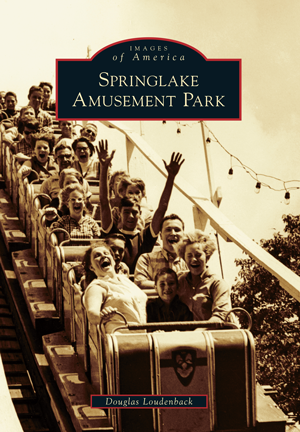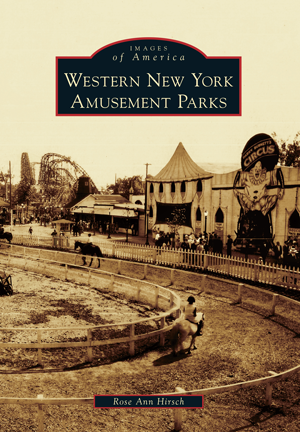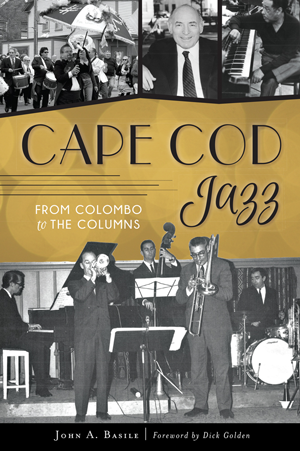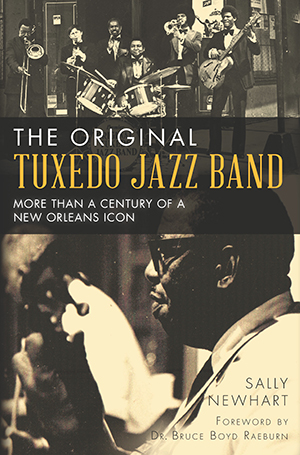A staple of any holiday table, stuffing is one of the most popular side dishes for American holiday dinners. But did you know that stuffing has been popular since the first century? We’re taking a closer look at the history of stuffing, and offering up a unique recipe with a twist to try during your holiday festivities!
A Roman Cookbook, A Delicacy, and… A Dormouse?
Although experts are not clear on when or where stuffing was first made, the first recorded history of the dish comes from Apicius de re Coquinaria, a Roman collection of popular recipes from the first century AD. These recipes frequently mixed spelt (a type of early wheat used to make breads), spices, herbs, and vegetables, which was then stuffed into a variety of animals. In particular, the Romans favored stuffed chicken, rabbit, or pigs for their everyday meals. But during special occasions, the Romans turned to their favorite delicacy: edible Dormouse. Today, dormouse is still considered a delicacy throughout Slovenia, and in certain areas of Croatia.
Stuffing remained a popular dish past the Roman empire, and has gathered several names over the centuries, including: farce (from the 14th century), forcemeat (from the 17th century), and most recently, the 19th century term dressing. The recipe has also gone through many different renditions, depending on which culture it appears in, resulting in there being a large debate over what a “true” traditional stuffing consists of.
Stuffing during American Holidays
But what about at the first Thanksgiving meal? One might think that, surely, given its popularity, stuffing was a main part of the first Thanksgiving. Unfortunately, we have no clear record of whether or not stuffing was present when the Pilgrims broke bread with the Wampanoag tribe. While records indicate there were many turkeys and waterfowl present, there is no mention of whether or not these birds were stuffed for the meal.
However, as Thanksgiving meals became more common over the years, stuffing began to take a much more prominent place at the holiday table. Early Thanksgiving menus from the 19th century list stuffed turkeys and hams as main courses, indicating that by the 1800s, stuffing had come to the forefront of most holiday meals.
Today, the holidays in the United States would be considered incomplete without this classic side-dish. Whether it’s the small, spiced bread cubes of New England, or the meaty corn bread dressing of the South, there’s little doubt about whether stuffing will make an appearance at a modern holiday meal. This winter, try your hand at this unique stuffing recipe from the Trailer Food Diaries Cookbook:
Turkey Stuffing with Altengartz Bratwurst
Courtesy of Altengartz Bratwurst
This authentic German sausage makes a savory stuffing for your next holiday dinner.
1 (10–12 pound) turkey, with giblets removed
1 quart chicken broth
2 ounces dried mushrooms (chanterelles are nice but pricey)
½ pound Altengartz Bratwurst (2 links), removed from casing and crumbled into pieces
1 cup onion, chopped
1 cup celery, chopped
1 cup green bell pepper, chopped (you can use red bell pepper if you like a sweeter taste)
3 cups Challah bread, cut into ½-inch cubes (from approximately 4–5 slices)
4 ounces unsweetened dried cherries, approximately 1 cup
2 ounces chopped pecans, approximately ½ cup
2 whole eggs, beaten
2 teaspoons dried rubbed sage
2 teaspoons dried parsley
½ teaspoon freshly ground black pepper, plus extra for seasoning
3–5 tablespoons olive oil for rubbing on turkey
1–3 tablespoons kosher salt for seasoning turkey
Special equipment:
1 reuseable organic cotton produce bag.
Cook’s note: This bag is optional. Once the stuffing is made, you can place the stuffing into the bag and then place the bag into the cavity of the turkey.
• Preheat the oven to 400˚F.
• Place the turkey into a deep, high-sided bowl with the stuffing end up. Set aside.
• Heat the chicken broth in the microwave in a large microwave-proof container. Place mushrooms in a glass bowl and pour heated broth over them. Cover and allow to sit for 35 minutes.
• In a large sauté pan over medium heat, cook the crumbled bratwurst, onion, celery and bell pepper, stirring only occasionally. When stirring, scrape the browned bits from the pan. Continue until the sausage is cooked through. Place the sausage/vegetables mixture on a sheet pan. Spread the cubed bread over the mixture and roast for 10–15 minutes or until the bread tips are toasty and brown.
• Drain mushrooms, reserving 1 cup of the liquid. Chop the mushrooms and place in a large microwave-proof bowl with the vegetables and bread, reserved chicken stock, cherries, pecans, eggs, sage, parsley and black pepper. Stir well in order to break up pieces of bread. Use your hands to combine if necessary. Heat the stuffing in a microwave on high power for 6 minutes.
• While the stuffing is heating, rub the bird with oil. Working quickly, place the stuffing into the cavity of the turkey to avoid losing heat. Place the turkey into a roasting pan, on a rack, and season with salt and pepper. Place the roasting pan on the middle rack of the oven. Roast for 45 minutes and then reduce the heat to 350˚F and cook for another 60 to 75 minutes or until the bird reaches an internal temperature of 170˚F. Serve immediately.

